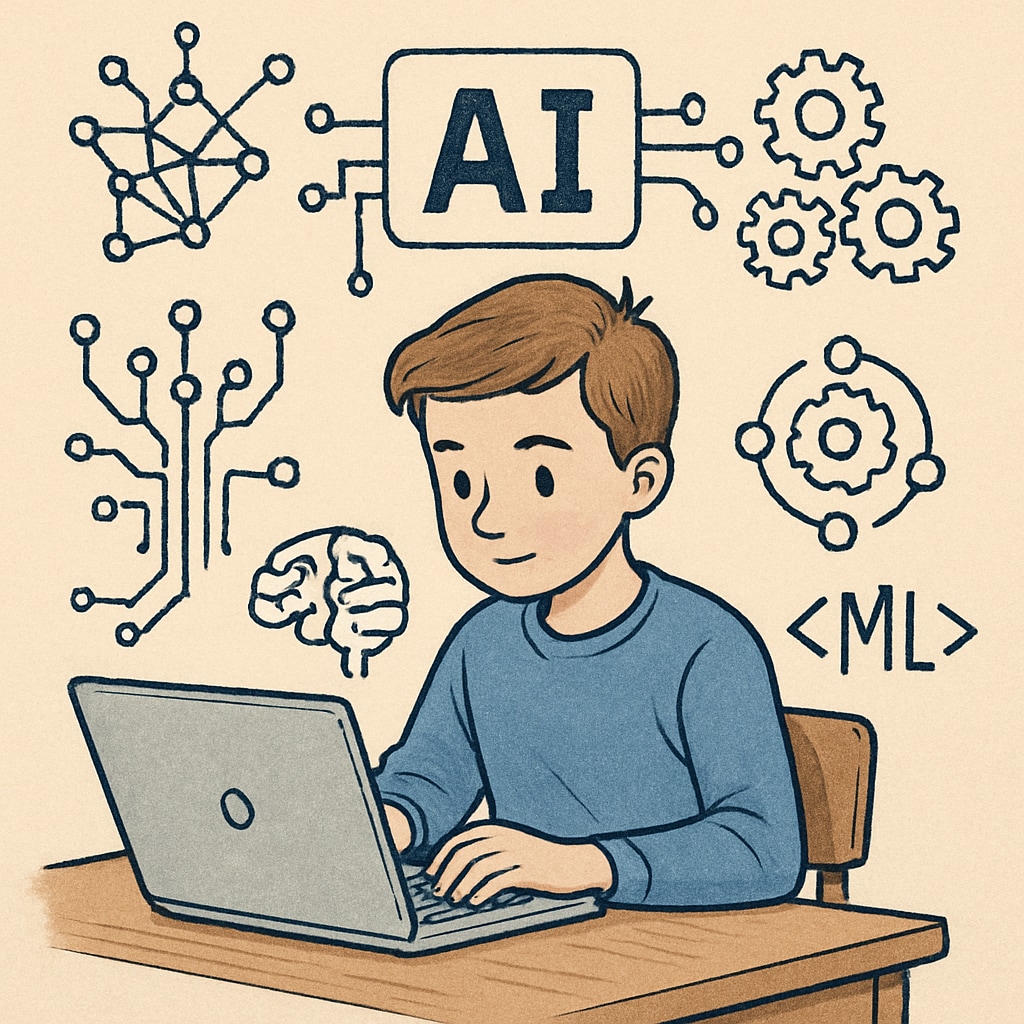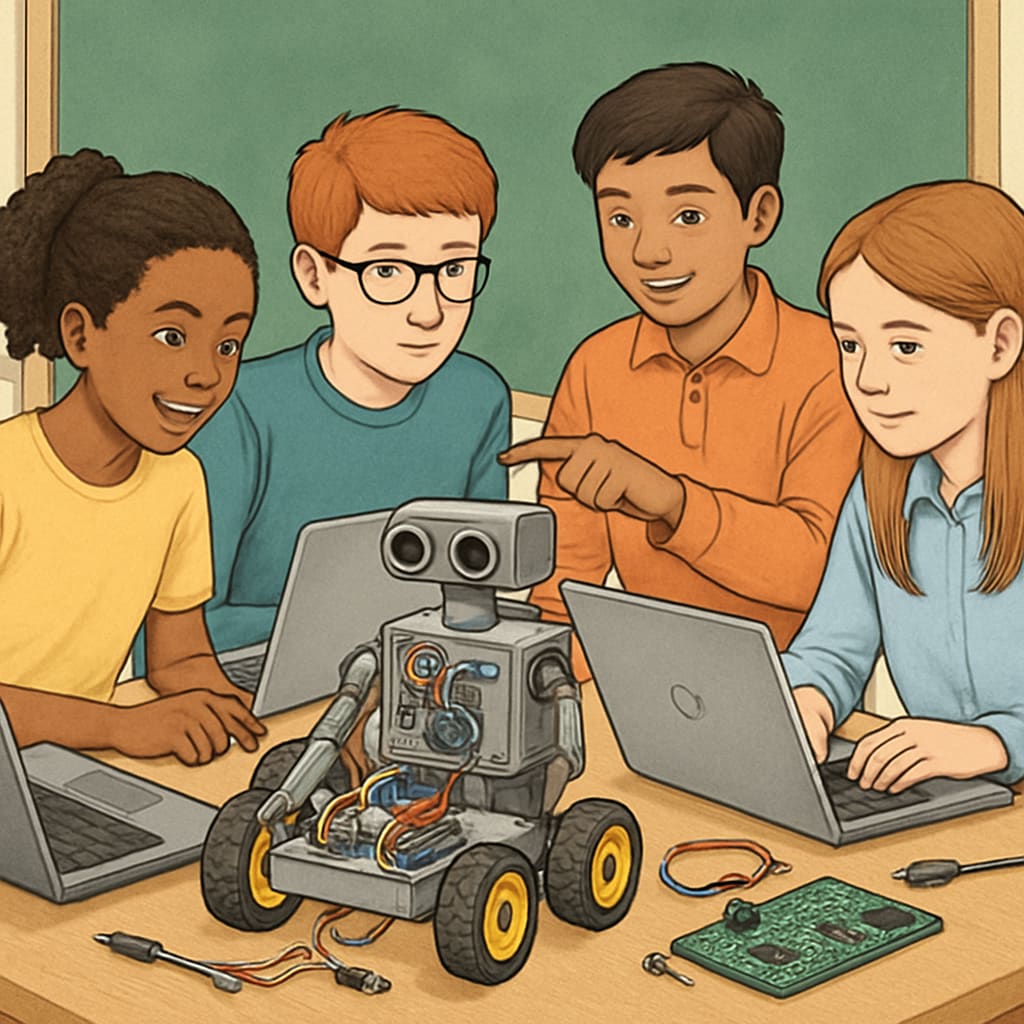In an age dominated by artificial intelligence (AI), career choices have become increasingly complex for young people. Specifically, many teenagers find themselves torn between becoming a programmer or an engineer. These roles are often viewed as the cornerstones of the technological landscape, yet the rapid evolution of AI raises questions about their long-term stability and relevance. Understanding the nuances of these professions and how they intersect with AI can help young people make informed decisions and shape their futures with confidence.
Understanding the Appeal of Programming and Engineering
When discussing the career paths of programmer and engineer, it’s essential to clarify what each entails. A programmer focuses on writing and maintaining code to create software, apps, and other digital products. On the other hand, engineers, particularly those in fields like mechanical or electrical engineering, design and build systems or structures that often integrate software solutions.
The appeal of both careers lies in their relevance to modern technology. Programming is at the heart of AI development, enabling machines to learn, adapt, and perform tasks. Meanwhile, engineering disciplines often involve applying AI to physical systems, such as robotics, autonomous vehicles, or smart infrastructure. As a result, both paths offer the opportunity to work on cutting-edge innovations.

How Artificial Intelligence Is Changing the Career Landscape
AI is not just transforming industries—it’s reshaping the job market itself. For programmers, AI tools like code-generating systems (e.g., GitHub Copilot) can automate certain coding tasks, reducing the demand for routine programming roles. However, this also creates opportunities for programmers who specialize in AI development, machine learning, or data science, as these areas require advanced expertise that cannot be easily automated.
For engineers, AI integration is expanding the scope of traditional fields. Civil engineers now use AI for predictive maintenance of infrastructure, while mechanical engineers apply AI in designing efficient machinery. Rather than replacing engineers, AI serves as a tool that enhances their problem-solving capabilities.
In light of these changes, young people must consider not just the current job market but also how AI will affect their chosen field over the next decade. Versatility and continuous learning will be critical traits for success.
Guiding Teens Toward Informed Career Decisions
To help teenagers navigate the programmer vs engineer dilemma in the AI era, here are some practical steps:
- Assess personal interests: A passion for logical problem-solving may align with programming, while an interest in building tangible systems could point to engineering.
- Explore interdisciplinary fields: Careers such as robotics or AI-integrated product design combine elements of both programming and engineering.
- Develop soft skills: Creativity, teamwork, and adaptability are increasingly valued, as they complement technical expertise in AI-driven environments.
- Seek mentorship: Connecting with professionals in programming and engineering can provide insights into real-world challenges and rewards.
- Prioritize lifelong learning: Both fields require staying updated with new tools, technologies, and methodologies as AI continues to evolve.
By considering these factors, teenagers can make career choices that align with their interests while preparing for the dynamic demands of the future workforce.

The Future of Work: Embracing Change and Innovation
As AI continues to advance, the boundaries between programming and engineering will blur, creating hybrid roles that require a mix of skills from both domains. For example, AI engineers combine coding expertise with system design to develop intelligent machines. Similarly, fields like bioengineering or environmental engineering increasingly rely on AI to solve complex problems.
Teenagers exploring their career paths should view the AI era as an opportunity rather than a threat. While some traditional roles may evolve or decline, new and exciting opportunities will emerge. By cultivating a growth mindset and staying curious, today’s youth can thrive in an ever-changing job market.
In conclusion, the programmer vs engineer debate is not about choosing one over the other but about understanding how each role fits into the broader picture of AI-augmented work. With the right guidance, resources, and mindset, young people can confidently navigate their career choices and contribute to shaping the future of technology.
Readability guidance: The article uses short paragraphs and lists to enhance readability. Transition words like “however” and “in addition” ensure smooth flow, while technical terms are explained for accessibility. The content maintains a balance between informative and engaging.


